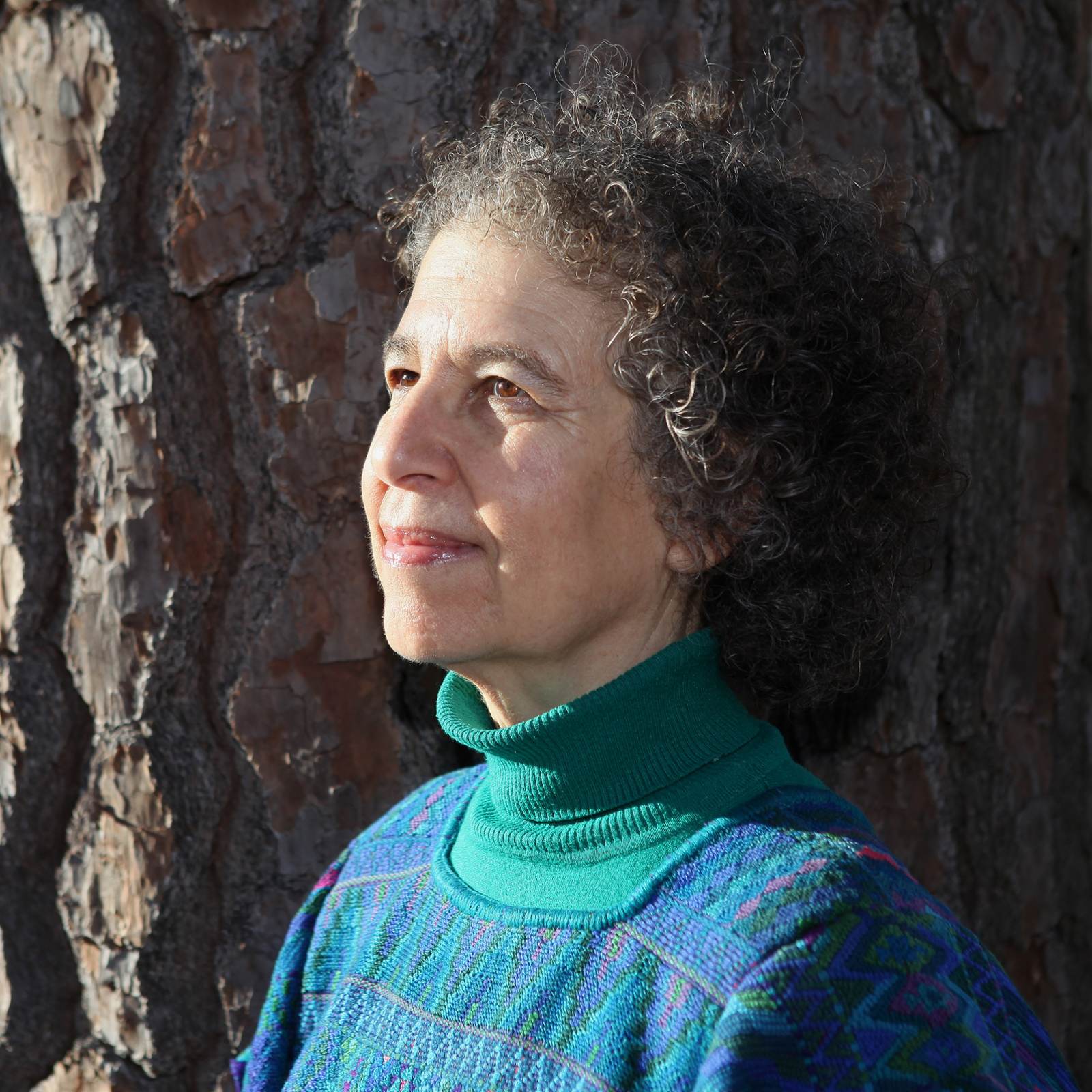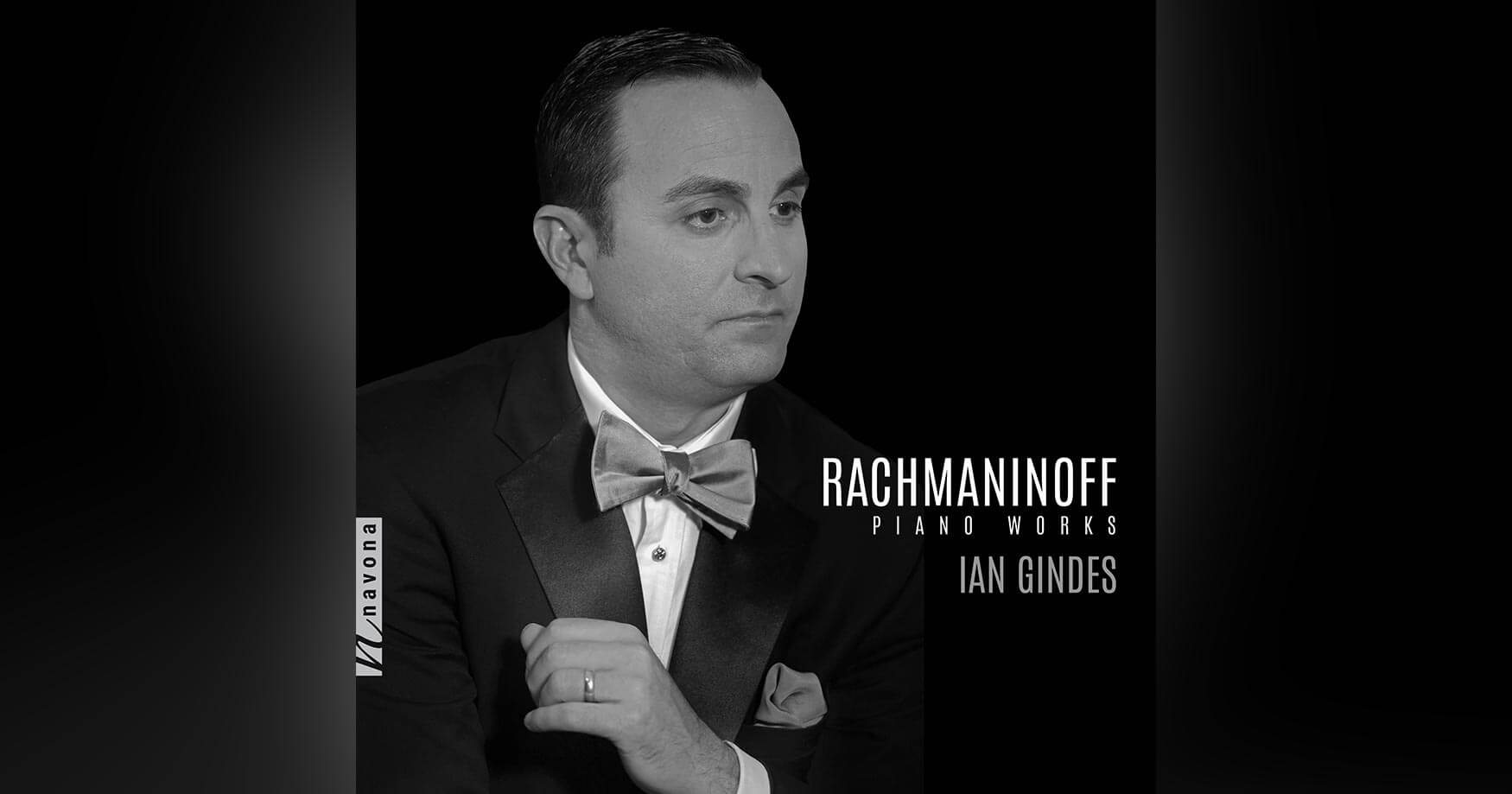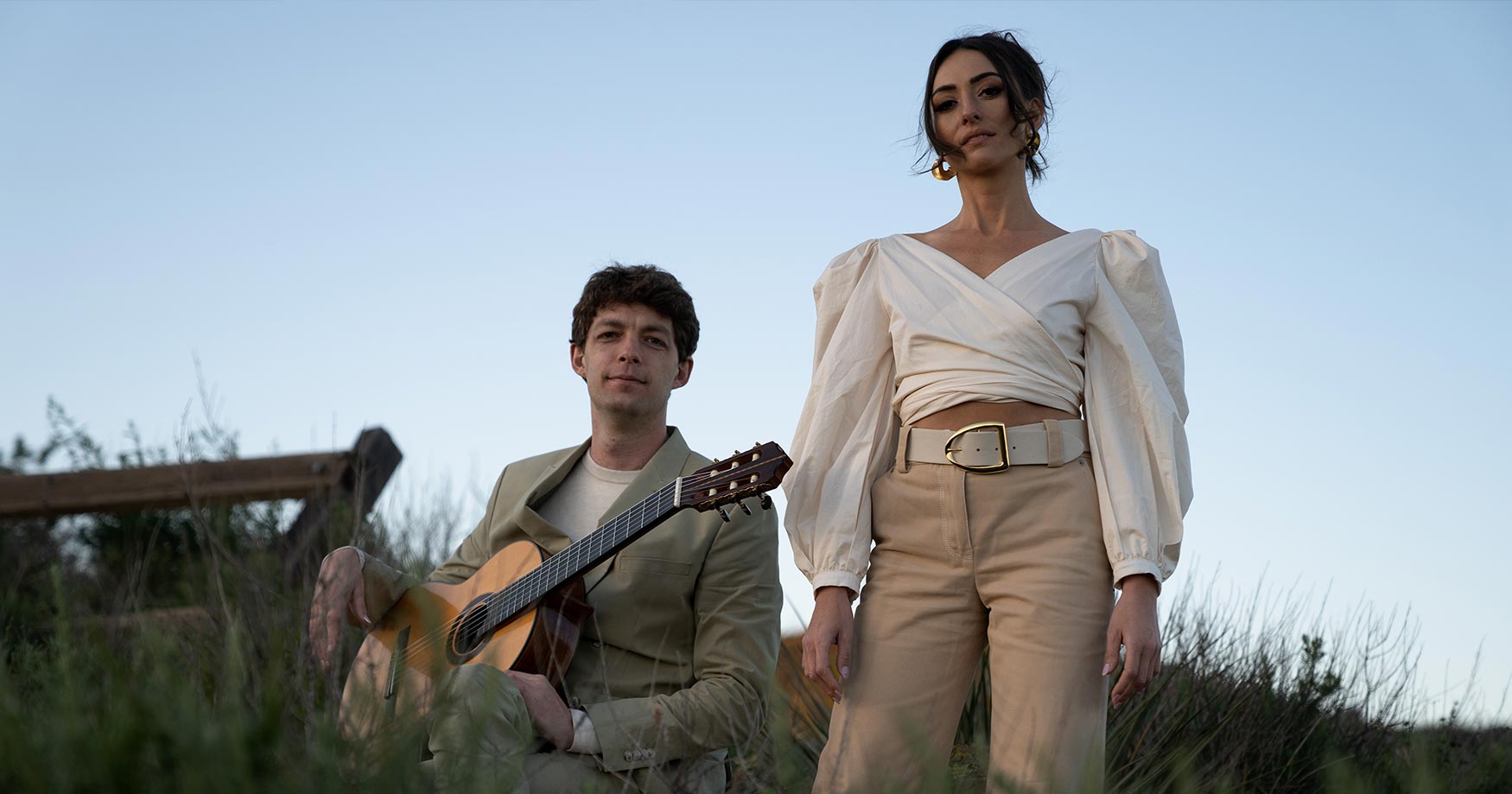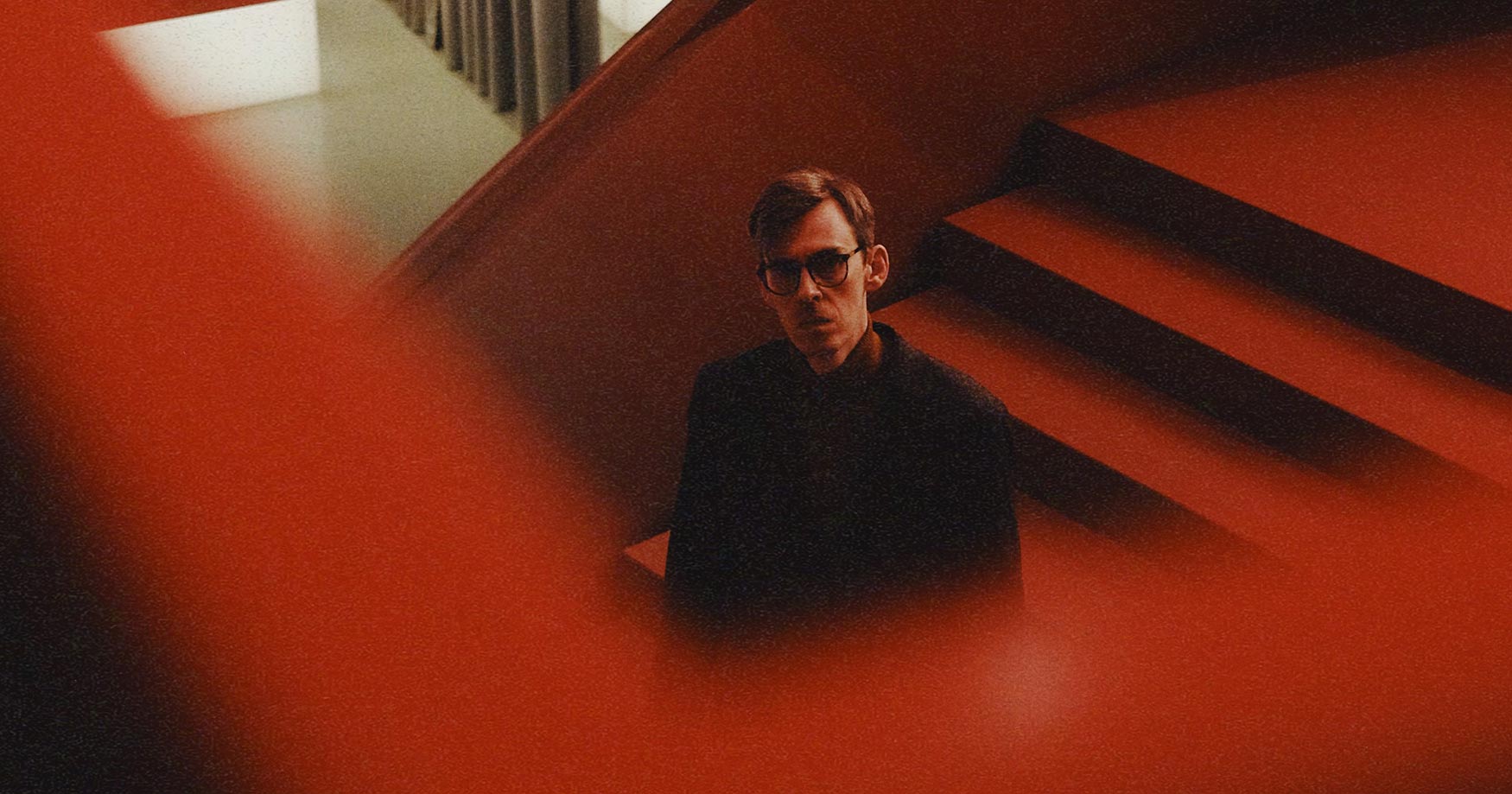Meira Warshauer’s music has been performed to critical acclaim throughout North America and Europe, as well as in South America, the Middle East, and Asia. Her works are regularly heard on the radio and have been featured by Public Radio International’s “Living on Earth,” and American Public Media’s “Performance Today,” the most listened-to classical music radio program in the United States. Meira’s musical palette is wide, ranging from traditional Jewish prayer modes to minimalist textures with rich melodic contours, and from joyful jazz-influenced rhythms to imaginative orchestrations of the natural world. At its core, it expresses her personal spiritual journey.
Today, Meira is our featured artist in “The Inside Story,” a blog series exploring the inner workings and personalities of our artists. Read on to learn how Meira found her way into studying music after receiving a degree in Latin American History from Harvard…
What inspires you to write?
Sometimes an idea will present itself spontaneously. For what became my Symphony Living Breathing Earth (released on LIVING BREATHING EARTH NV5842), I remember standing on my front porch when I had a glimmer of an idea for orchestral texture. I was hearing something with lots of inner movement within a slowly progressing structure. As I contemplated further, I noticed the sounds of summer offering an active sound palette with lots of inner movement—cicadas, crickets, birds, even mosquitos! The cicadas’ layered, antiphonal calling became the focus of the Symphony’s first movement, “Call of the Cicadas.”
My connection with the natural world is a major source of inspiration. Ocean Calling, a trilogy for two pianos, dedicated to the magnificence and vital importance of the oceans to life on our planet. It draws upon a wellspring of love for the sea that began as a child growing up near Wrightsville Beach, NC.
I’m also inspired by a yearning for wholeness and connection. When working with Jewish texts, I look for a universal, transcendent message. For example, We Are Dreamers (on CORO DEL MUNDO AR0008) focuses on the aspect of Psalm 126 that expresses a longing to return from spiritual exile – from a sense of isolation or separateness to an intimate connection/merging with the Divine and all beings.
In some compositions, joy just spills out, with no specific agenda, as in the piece I’m writing now for a middle/high school strings festival, with a working title By the Sea. In others, the sense of loss is so overwhelming that a piece will essentially write itself, as in In Memoriam September 11.
Tell us about your first composition.
I wasn’t planning to become a composer, or even a professional musician. Soon after graduating from Harvard with a degree in Latin American History, I was drawn to continue studying piano, and enrolled at the New England Conservatory of Music. I was a graduate student in piano performance when I heard a concert in Jordan Hall by students in the Third Stream Department (now Contemporary Improvisation) which changed my life’s course. My friend Marty Ehrlich was playing a solo on his soprano saxophone, and the music seemed to be flowing directly from his heart into his horn and coming out like flowers. At that moment, I knew I wanted to do what Marty was doing – to find the music in my heart and express it.
I enrolled in a class called “Composition for Non-Majors,” offered by Tom McKinley, a new faculty member brought in by President Gunther Schuller. Tom assigned series of exercises which culminated in writing a piece for woodwind quintet. I was so entranced with imagining the blend of oboe and French Horn that I didn’t want to stop composing when it was time to practice for my Masters piano recital!
The next semester, I took private composition lessons with Tom. My first piece was Lament for Solo Oboe, and the music poured out from my heart onto the page. It was one long melody in a quasi-Middle Eastern style blended with a contemporary idiom that opened the gateways for a musical expression which never ceases to amaze me.
What advice do you have for young musicians?
Follow your heart. Let your music be an expression of who you are, in your core. Do whatever personal work you need to do to clear any obstacles to accessing that inner core. For myself, this work has included meditation, contemplating nature, learning to free my mind from clutter and from stories about myself that get in the way of my creativity. Have faith that what is real to you is real to others. Know that when you write or perform from your heart, you can touch another heart. Accept that the way you respond is personal, and that each individual will have his/her own experience of what you write or perform. Never be too cool for awe in your life, at any moment. Be open to unexpected miracles.
In your music, learn to discern when you’ve finished and when you still need to fine tune your composition. If it doesn’t sound quite right yet, keep working until it does.
If we looked through your music library, what would we be surprised to find?
When I was in Brazil doing research for my undergraduate senior thesis, a colleague invited me to his apartment. His record collection included Chico Buarque de Hollanda (Vol. 1), and the first song on the LP was “A Banda (The Band).” I fell in love with that song and played it over and over. It was driving my friend crazy – so much so that he offered to give me the album if I would stop playing it! I still have the record and still love that song and its lyrics: “A minha gente sofrida despediu–se da dor pra ver a banda passar, cantando coisas d’amor—My suffering people said goodbye to their pain to see the band pass by, singing things of love.”
When and where are you at your most creative?
Anytime I’m close to nature and the outdoors, I feel at peace and creativity can arise.
My personal haven is on Palmetto Drive at Wrightsville Beach NC, where a hammock is strung between a large black cherry tree and the house in a totally shaded space, hidden from view. I adapted the narrative for my opera Elijah’s Violin in that hammock.
My music room has a used Yamaha grand piano, a digital keyboard, my mother’s violin and writing desk, an armchair for contemplation, and a door which opens onto the back porch. There, I compose pencil sketches on a large manila manuscript pad before transcribing the music to Finale.
I’ve also appreciated wonderful creative experiences at the Hambidge Center in Georgia and the MacDowell Colony in New Hampshire along with supportive artists in music and other disciplines. Also, I must admit a commission with a due date helps focus my attention on a specific project.
What are your other passions besides music?
I am passionate about working to save life on our beautiful planet. I believe we are born loving the earth, loving to play outside, loving the sky, trees, flowers, soft green grass, and all the amazing discoveries awaiting us in this incredibly diverse habitat we call home. We’ve structured an economic system, though, that rewards exploitation of the natural world. And in the process, we’re about to destroy the very ecosystem we depend on for our existence. I love joining with others to help change this structure and to create a clean, safe environment for all of us and for future generations.

CORO DEL MUNDO is now available through Asonica Records for streaming or purchase. Click here to explore this new album.



